
Unlock the Editor’s Digest for free
Roula Khalaf, Editor of the FT, selects her favourite stories in this weekly newsletter.
American astronaut William Pogue made horological history during his 84 days orbiting Earth. By wearing his Seiko 6139 for the Skylab 4 mission between November 16 1973 and February 8 1974, he bestowed the watch the honour of being the first automatic chronograph in space.
“Although this was not an officially sanctioned watch and it was unauthorised, I put it in the pocket of my space suit during launch prep and put it on shortly after inserting into orbit (when we got unsuited),” the pilot explained in 1993. There had been a delay in the astronauts receiving their official Nasa watches, he said, so he had used his own Seiko in training to time thruster burns.
Today, Seiko is marking the 55th anniversary of the release of its 1969 Speedtimer by unveiling a new design inspired by the distinctive yellow-dial version that Pogue wore. The launch also falls during the centenary year of the Seiko name appearing on a dial.
The Japanese watchmaker introduced the 5 Sports Speedtimer in 1969 following two years of development. A promotional booklet distributed to retailers at the time positioned the brand’s first automatic chronograph as “a dynamic sports watch developed with a focus on young people”, according to Noboru Miyadera, deputy director of the Seiko Museum Ginza in Tokyo.
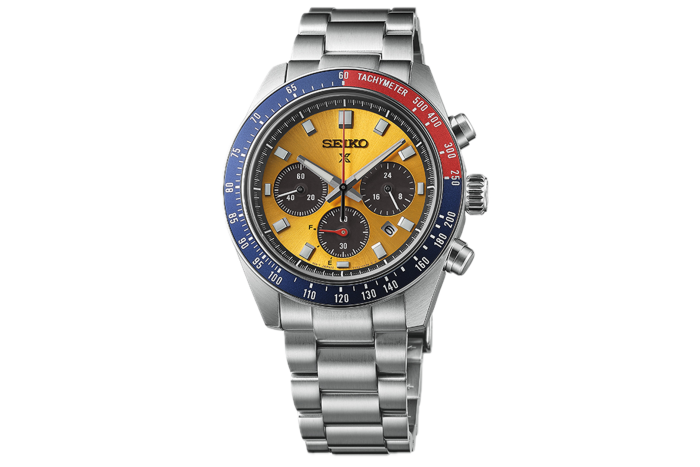
Seiko cannot determine when the model, sold worldwide, was discontinued. “However, we assume that sales were withdrawn due to the decline in production of mechanical watches during the ’70s, when quartz watches gained immense popularity in the global watch market,” says a Seiko spokesperson.
Pogue bought his Seiko 6139 — a version now known by collectors as the Pogue — for $71 on June 13 1972 (equivalent to about $530 today), according to Heritage Auctions. The US auction house sold the watch for $5,975 in 2008.
In a letter Pogue wrote in October 1993, which was included in the sale, he said that, while in space, he wore the Seiko on his left wrist set to US Central Time and his Nasa-authorised piece (an Omega Speedmaster) on his right set to Greenwich Mean Time. He used the Seiko for 19 years after the Skylab 4 mission, on which three astronauts conducted scientific experiments aboard the first US space station (it was Pogue’s only space flight).
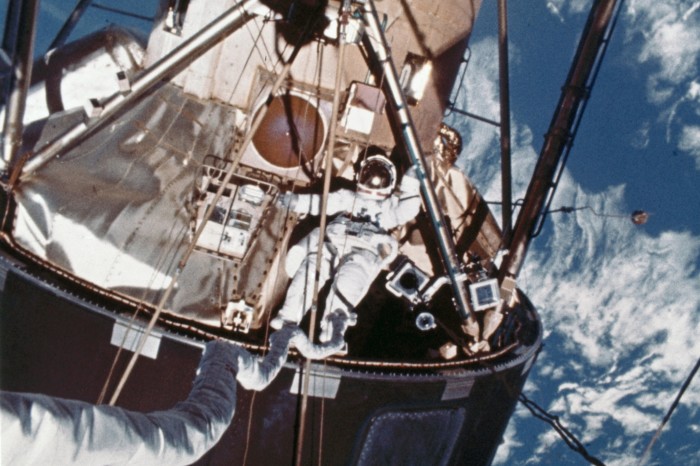
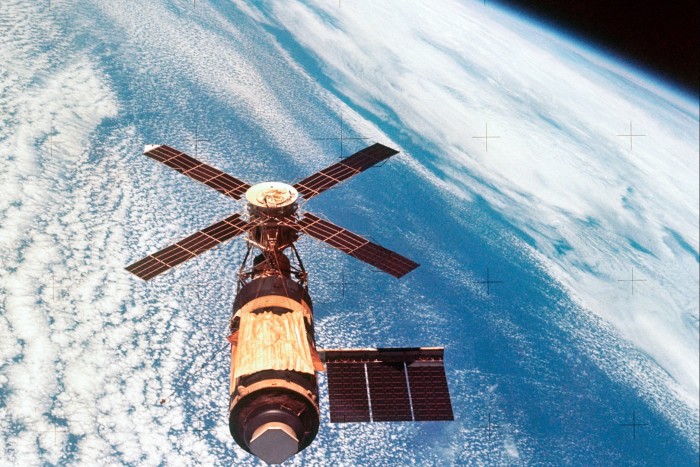
Seiko’s new launch is the Prospex “Pogue” Solar Chronograph 1969 Re-interpretation. And it has designed the yellow dial, the hands, and the red and blue bezel to be reminiscent of the original. The piece’s 41.4mm stainless steel case houses a V192 movement.
The new watch costs £600, which is comparable to prices for vintage Pogues on the secondary market. UK auction house Fellows sold one for £637, including the buyer’s premium and fees, in December last year.
Steven Yambo, a watch specialist at Fellows, says there has been a “steady increase in prices realised” for the Pogue over the past five years, with “good” examples now achieving a hammer price of £500-£600. “Although it’s a watch that seems to be increasing in popularity, they still represent good value compared to some other chronographs by the big Swiss brands,” he says. “More and more collectors” are becoming attracted to the quality and aesthetic of the “eye-catching” Pogue, he adds, amid a wider interest in the design aesthetics of the 1970s and 1980s.
A spokesperson for eBay says searches for the Pogue on the ecommerce platform increased more than 10 per cent between July and December last year, with an average price of £599 achieved for those sold during that period.
Yambo understands from collectors and others in the trade that “good examples are being snapped up”. “Once they are in someone’s personal collection, they’re not reappearing back on the open market for some time,” he says.
This year also marks the centenary of ‘Seiko’ appearing on a watch dial. The brand’s founder, Kintaro Hattori, established the Seikosha factory in Tokyo in 1892. It created its first pocket watch — the Time Keeper — in 1895 and its first wristwatch — the Laurel — 1913. Back then, dials bore the model name rather than that of the company.
In December 1924, a new wristwatch was launched, featuring an enamel dial, blue hour and minute hands, a seconds sub-dial at 6 o’clock and the factory’s smallest movement at that time. It was going to be called Glory. However, Miyadera says Hattori instead “wanted a special name to mark a fresh start” after the company had endured hardship. The Seikosha factory and Hattori’s watch store had been destroyed by fire caused by the Great Kanto earthquake in September 1923.
A temporary factory was built and production of wall clocks resumed in March 1924. “The word ‘Seiko’ in Japanese means exquisite and precision manufacturing, and is also a homonym for a word meaning ‘success’,” Miyadera explains.
Fellows has seen “an increase in bidders” for Seiko watches generally in recent years, as collectors “get value for their money”, according to Yambo. He sees the Pogue becoming a sought-after “iconic Seiko model”. There is “an affinity between watch fans and space exploration”, he says. “It stands to reason, then, that the Pogue’s link to space exploration . . . makes it popular with collectors. I wonder if Colonel Pogue had any idea that using this reliable watch for his work in space would lead to such popularity.”
Watch this space: astronauts’ picks
Breitling Navitimer Cosmonaute
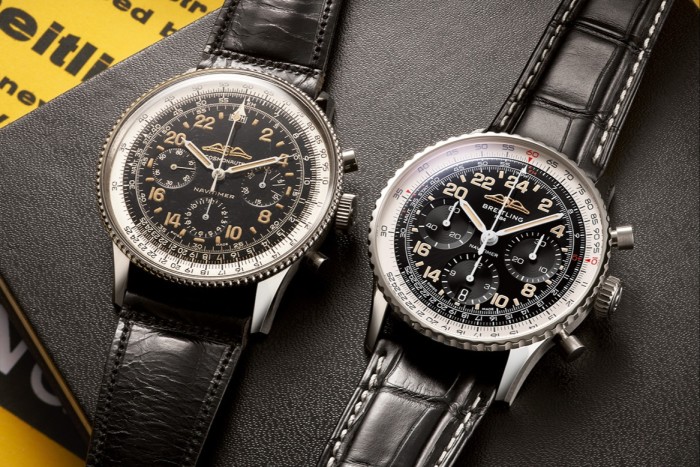
Astronauts could chose what watch, if any, to have on their wrist during Project Mercury, the first US human space flight programme, between 1958 and 1963. Scott Carpenter wore the Navitimer Cosmonaute (left) for his three orbits of Earth aboard the Aurora 7 spacecraft for the Mercury-Atlas 7 mission — the programme’s fourth crewed flight — on May 24 1962. Breitling adapted its Navitimer pilot’s watch for space by introducing a 24-hour dial so Carpenter could tell day from night. In 2022, the Swiss brand marked the 60th anniversary of the mission by releasing a new Navitimer Cosmonaute limited to 362 pieces (right).
Bulova Accutron Astronaut
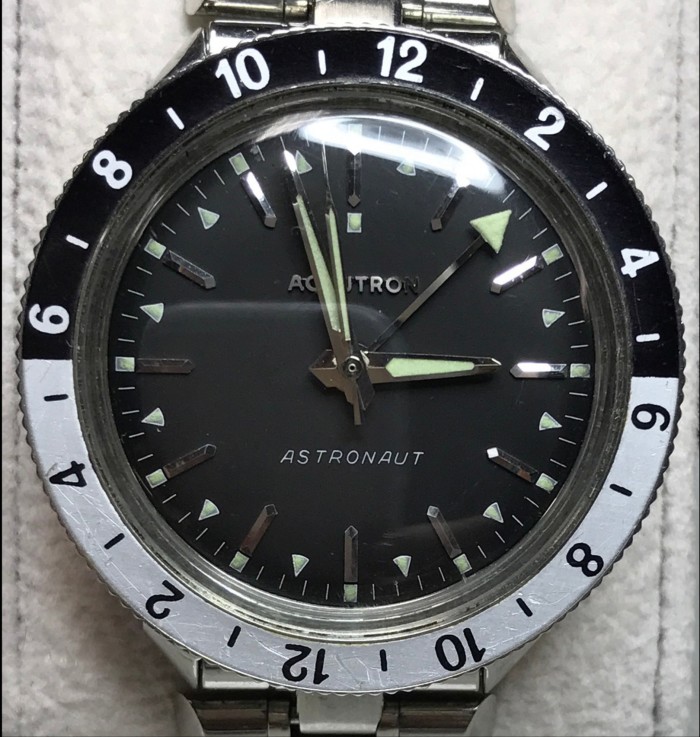
During the final crewed Project Mercury mission, Mercury-Atlas 9, Gordon Cooper had the Accutron Astronaut on his wrist. According to Nasa, the astronaut wore both the manually wound Omega Speedmaster Professional, which had been first flight-tested in space by Walter Schirra on the previous Mercury mission in October 1962, and the electronic Bulova in order to compare their accuracy. Cooper completed 22 orbits of Earth aboard Faith 7 in May 1963. Accutron, which Citizen Group launched as a standalone brand in 2020, released a re-edition of the 1968 “T” version of the Astronaut model, limited to 300 pieces, last year.
Omega Speedmaster
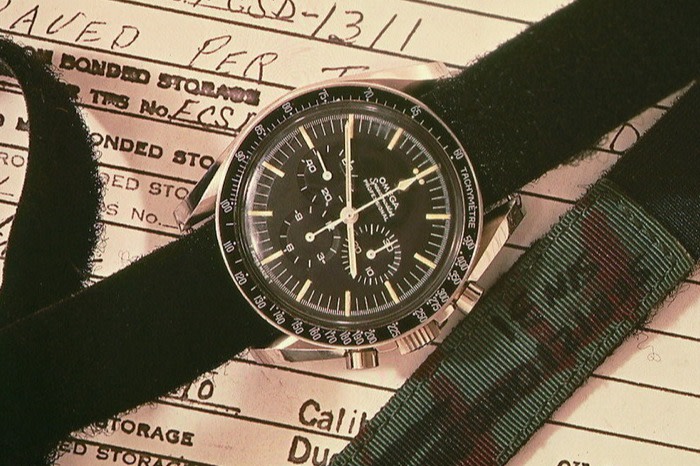
The Omega Speedmaster became the “Moonwatch” when Neil Armstrong and Buzz Aldrin made their “giant leap for mankind” on July 21 1969. According to Nasa, Aldrin wore the first watch on the Moon; Armstrong had left his timepiece in the lunar module. In 1965, the US space agency had chosen the Speedmaster Professional as the official chronograph for its space programme and the model was used by astronauts for Gemini and Apollo missions. Nasa astronauts, today, can choose whether to wear a Nasa-issued watch, the Omega Speedmaster Skywalker X-33, and can fly with their own piece if it is an approved watch.
Seiko Spring Drive Spacewalk
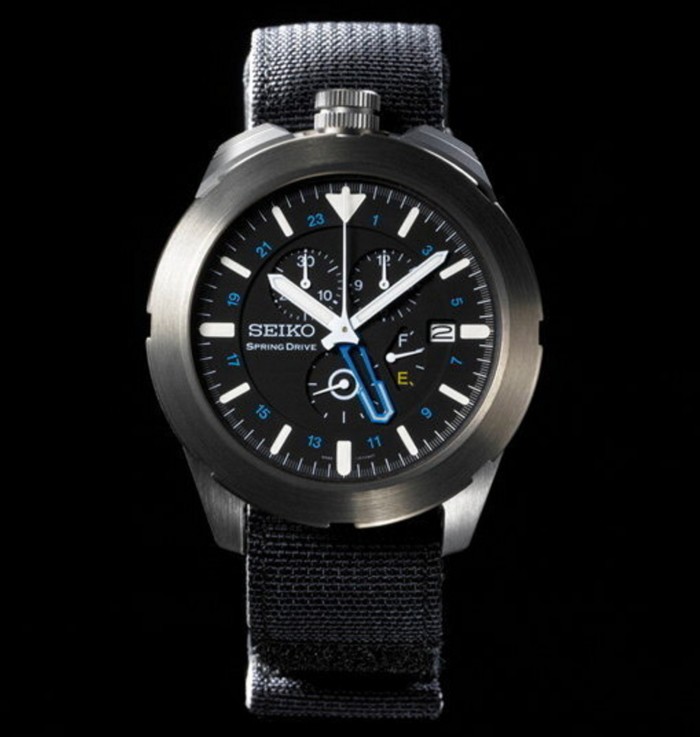
Video game developer Richard Garriott became the sixth space tourist when he flew to the International Space Station in 2008. He wore the specially designed Seiko Spring Drive Spacewalk watch during the 12-day trip, expanding the strap to wear it over his spacesuit on the Soyuz TMA-13 during launch. Garriott’s father, Owen, was a Nasa astronaut who carried Seiko watches on his two space flights, in 1973 and 1983. The Japanese brand released a 100-piece commemorative edition of the Spring Drive Spacewalk in 2010. It won that year’s sports watch prize at the Grand Prix d’Horlogerie de Genève, the Oscars of watchmaking.
IWC Schaffhausen Polaris Dawn
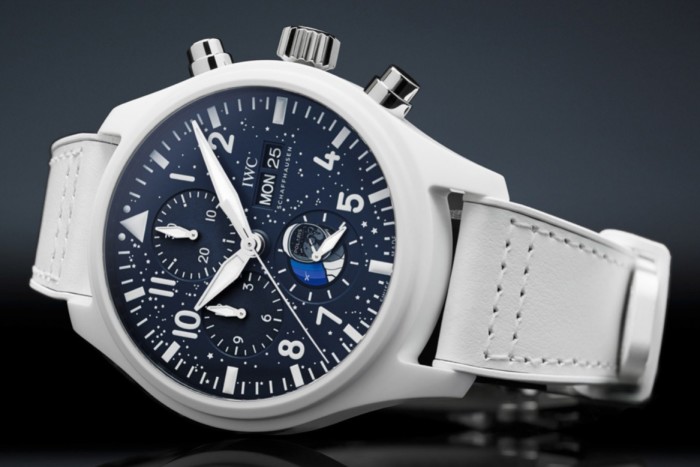
IWC is supporting Polaris Dawn, the first of three planned human space flights in the private Polaris programme. The Swiss watchmaker has provided four pilot’s chronographs that each feature the name of one of the four crew members. The mission, operated by Elon Musk’s SpaceX, is expected to last up to five days and be commanded by Jared Isaacman, who led Inspiration4 in 2021, the first all-civilian mission to orbit Earth. Polaris Dawn’s objectives include the first commercial spacewalk. Following the mission, the white ceramic watches will be auctioned in aid of St Jude Children’s Research Hospital in Memphis, Tennessee.